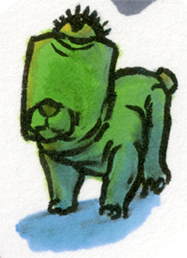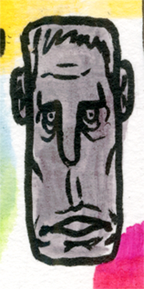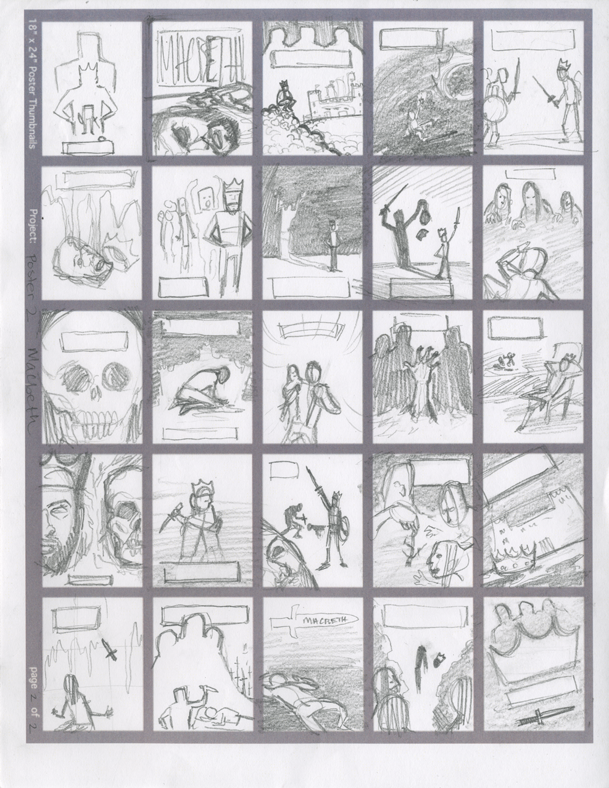This post is my review of Still Life Painting Atelier: An Introduction to Oil Painting by Michael Friel.
In my last post, I reviewed Jane Jone’s book Classic Still Life Painting. Today I’m reviewing Michael Friel’s book Still Life Painting Atelier. His book covers topics such as studio safety, lighting your still life, stretching paper, and several painting demonstrations that show how he uses limited color palettes, scumbling, glazing, and more.
Michael’s book has over 20 pages of information about painting materials (brushes, paints, oils, varnishes, supports, etc.). He discusses how someone can arrange objects and set up a still life. Michael talks about how he paints reflections and translucent surfaces (something very intimidating to beginners). He demonstrates an alla prima (wet into wet) still life painting, in addition to a still life painting executed by painting a grisaille (a monochromatic underpainting) followed by transparent glazes of color.
A lot of the information in this book is rudimentary, but for a beginner, the information is necessary. For someone that’s new to oil painting, the breadth of information covered in this book is enough to inspire and set the wheels in motion for their artistic development. Compared to Classic Still Life Painting by Jane Jones (see that review here), I think Still Life Painting Atelier is a better book for the beginning oil painters.
If you’re an artist that likes to paint with watercolor and now you’re looking to try oil painting, I think you might may want to first read Jane Jone’s book Classic Still Life Painting, and then read Still Life Painting Atelier once you decide you want to try some different approaches to painting. Although I think Still Life Painting Atelier is a better book for the beginning oil painters, Classic Still Life Painting focuses on the technique of glazing oil paint (the oil paint equivalent of watercolor washes), which should be more familiar to the watercolorist. By all means, read Still Life Painting Atelier and Classic Still Life Painting.






















































